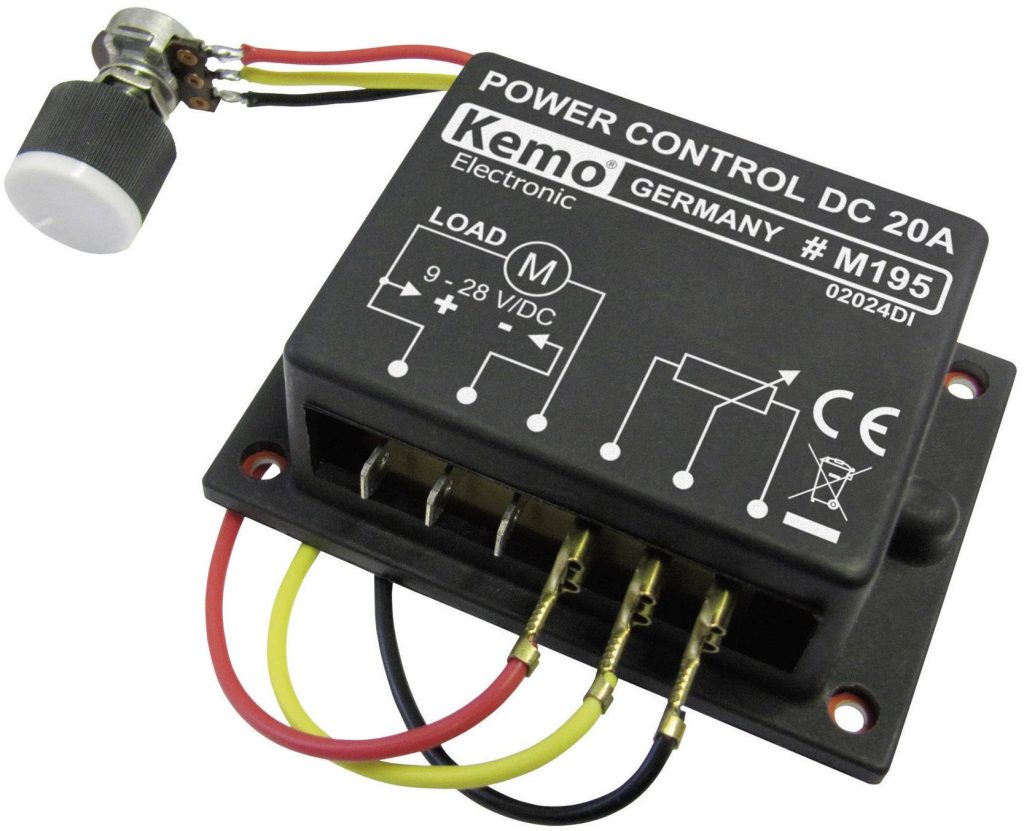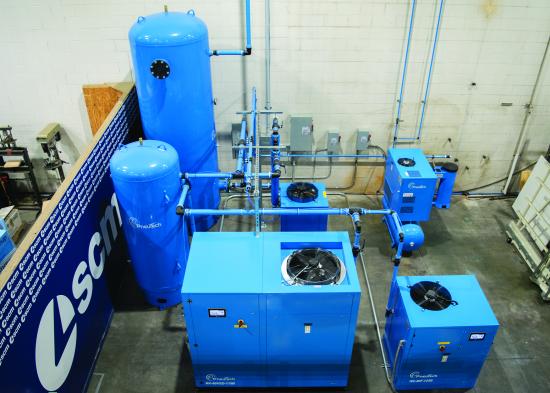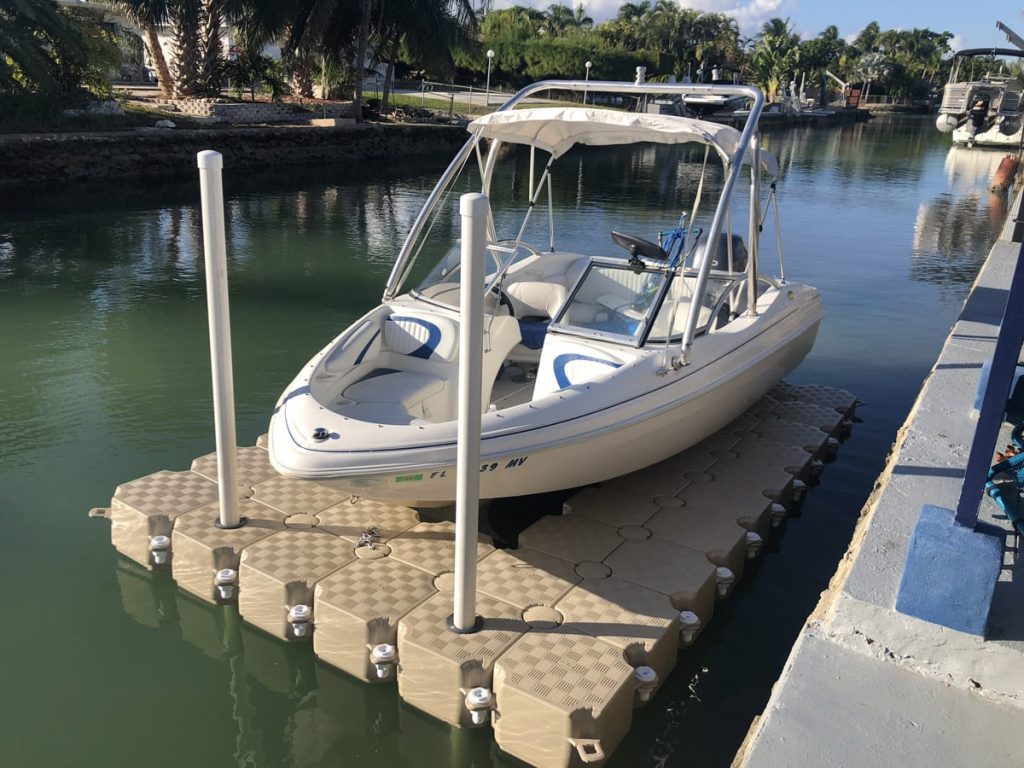DC and PWM fans are widely recognized for their effective noise reduction capabilities, making them ideal choices for cooling solutions where quiet operation is crucial. These fans utilize smart control mechanisms to adjust their speed dynamically according to thermal demands. By modulating fan speed, they can maintain efficient cooling without running at full power constantly, significantly reducing noise levels compared to fans running at fixed speeds. This adaptive operation ensures that noise is minimized during low load conditions while still providing adequate airflow when temperatures rise. One of the key advantages of DC fans is their ability to vary voltage to control speed. Instead of a simple on/off function, DC fans adjust their rotation rate smoothly; responding to the system’s cooling needs. This voltage regulation reduces unnecessary energy consumption and avoids the constant high-speed noise associated with traditional fans. As the fan speed decreases, the sound output drops proportionally, resulting in a much quieter environment, which is especially beneficial in home offices, entertainment setups, or other noise-sensitive applications?

PWM fans take noise control a step further by using pulse-width modulation to regulate speed. This technique involves switching the fan’s power on and off rapidly at a fixed voltage, controlling the amount of power delivered without sacrificing efficiency. The precision of PWM control allows the fan to operate at the optimal speed needed at any given time. Because the fan is not forced to run at maximum speed unless necessary, it significantly cuts down on noise generation while maintaining excellent thermal performance, making PWM fans a popular choice in modern electronic cooling systems. Both DC and PWM fans often incorporate smart sensors and controllers that monitor temperature in real-time, pwm vs dc fan providing instant feedback to adjust fan speeds accordingly. This continuous monitoring and adjustment ensure that the fan runs just fast enough to dissipate heat effectively, avoiding the excessive noise caused by fans spinning unnecessarily fast. Such intelligent control systems improve not only noise levels but also the overall energy efficiency of the device, extending the lifespan of components by reducing mechanical wear.
Moreover, these fans typically feature advanced aerodynamic blade designs optimized for silent operation. By carefully shaping the blades and improving airflow patterns, manufacturers can reduce turbulence and mechanical vibrations, which are common sources of fan noise. When combined with speed control technologies like DC voltage adjustment and PWM, these design improvements further enhance the quietness of the acdcecfan cooling system, offering users a much more pleasant acoustic environment. DC and PWM fans provide a balanced approach to cooling and noise management through intelligent speed control and sophisticated design. Their ability to dynamically respond to temperature changes reduces unnecessary noise without compromising cooling efficiency. This makes them highly suitable for environments where quiet operation is as important as effective thermal management, ensuring comfortable and reliable device performance in a wide range of applications.






